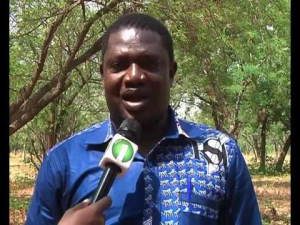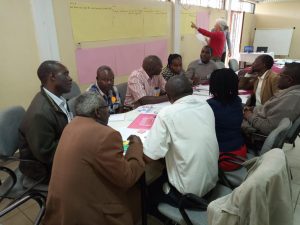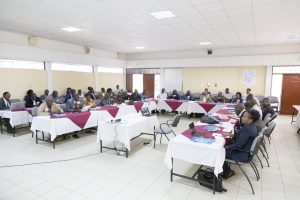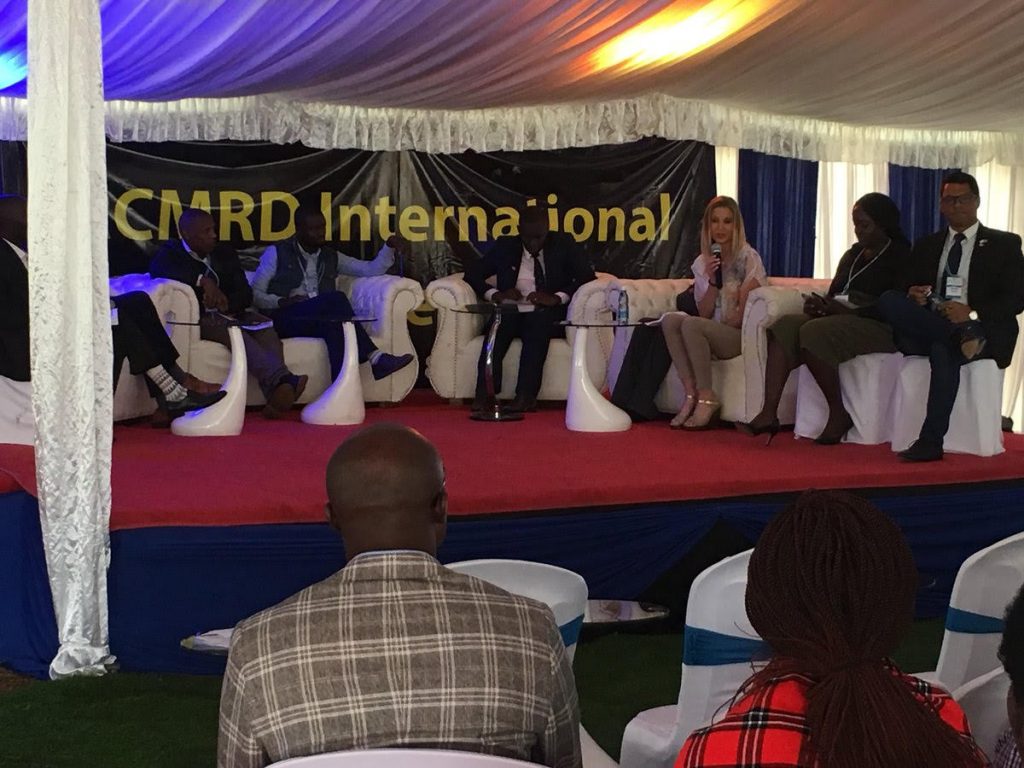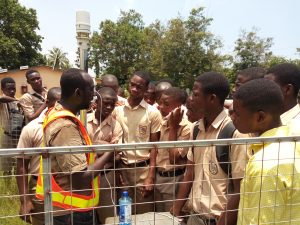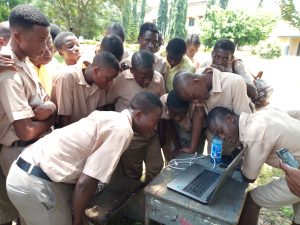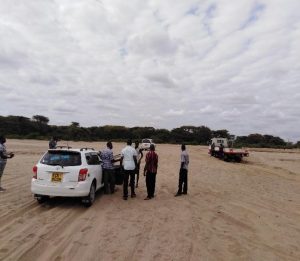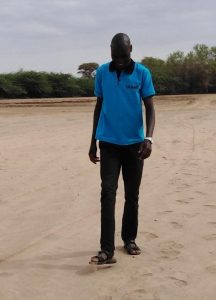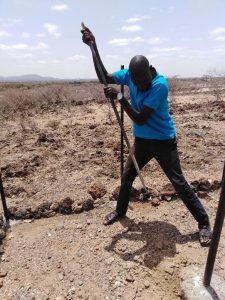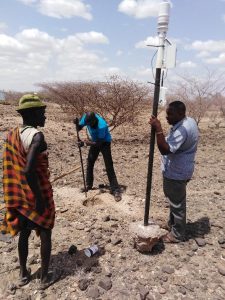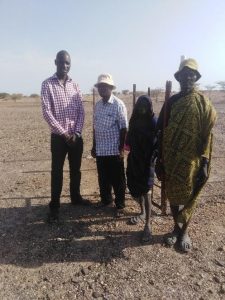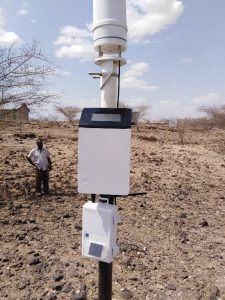One of the challenges of the Ghana Meteorological Agency (GMet) is the availability of real-time weather data for its day-to-day activities such as daily weather monitoring and forecasting, climate monitoring, etc. It takes about a month for data from the manual observatories to get to the central collation point for digitization, quality control and archiving. GMet believes the deployment of automatic weather stations (AWS) is the best way to resolve this challenge. Following the partnership with the Trans-African Hydro-Meteorological Observatory (TAHMO), GMet has inched a step closer to achieving these results and improving its service delivery.
The TAHMO AWS network has complemented the GMet station network thereby improving the spatial resolution of the GMet data. This has helped GMet in generating gridded datasets of temperature and rainfall by merging the gauge data with satellite rainfall estimates and reanalyses data. In terms of data quality, the data have shown consistent correlation with the GMet observatories within close proximity of the TAHMO stations and for that reason used as reference stations for quality controlling the observed data.
It has also made available real-time data for weather monitoring and forecasting thereby improving the operational work of the forecast office.
Overall the TAHMO project has been of great benefit to both GMet and Ghana as a whole and this has reinforced the decision by GMet to roll out its AWS program.
**Written by Kwame Duah.

